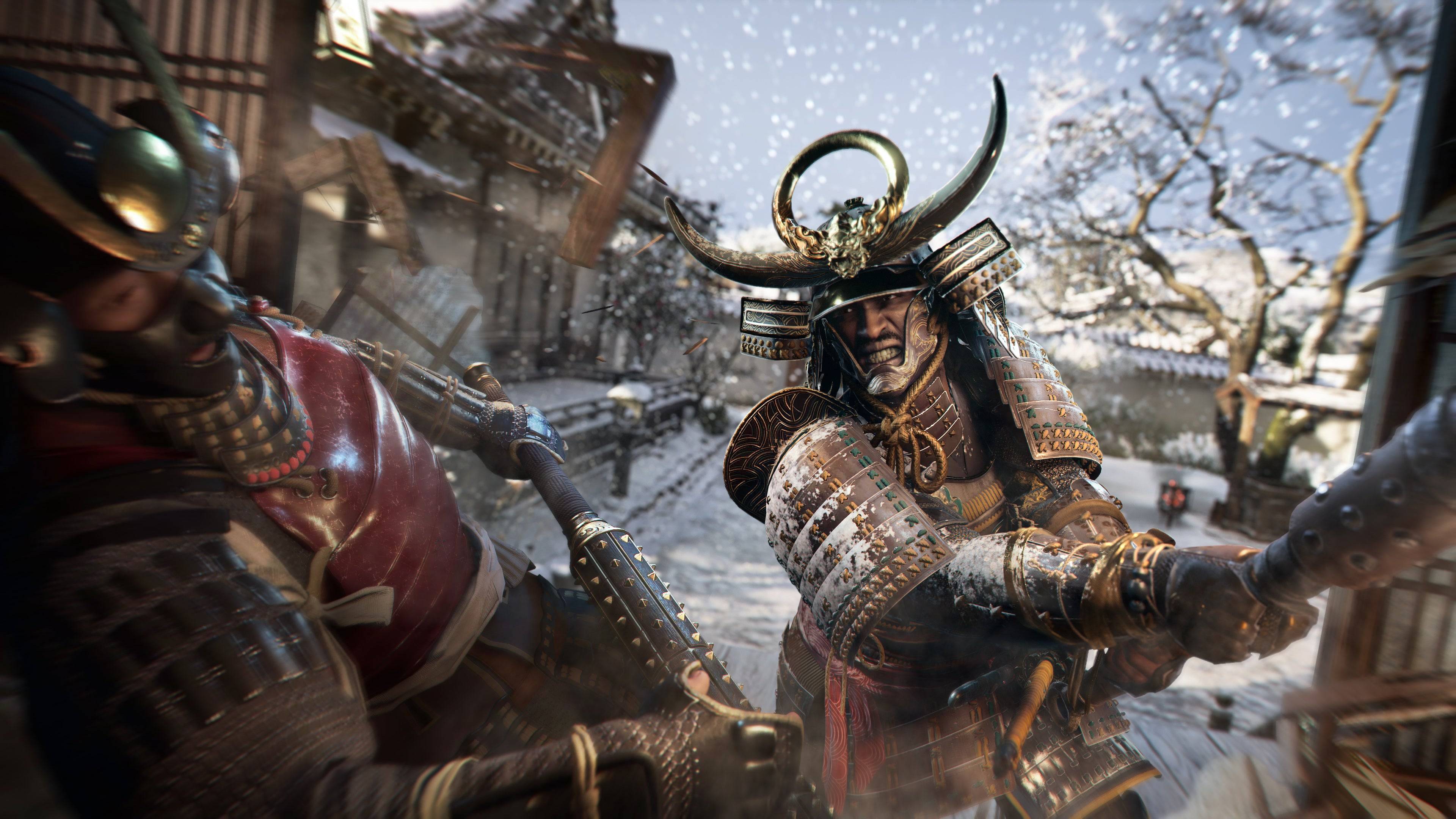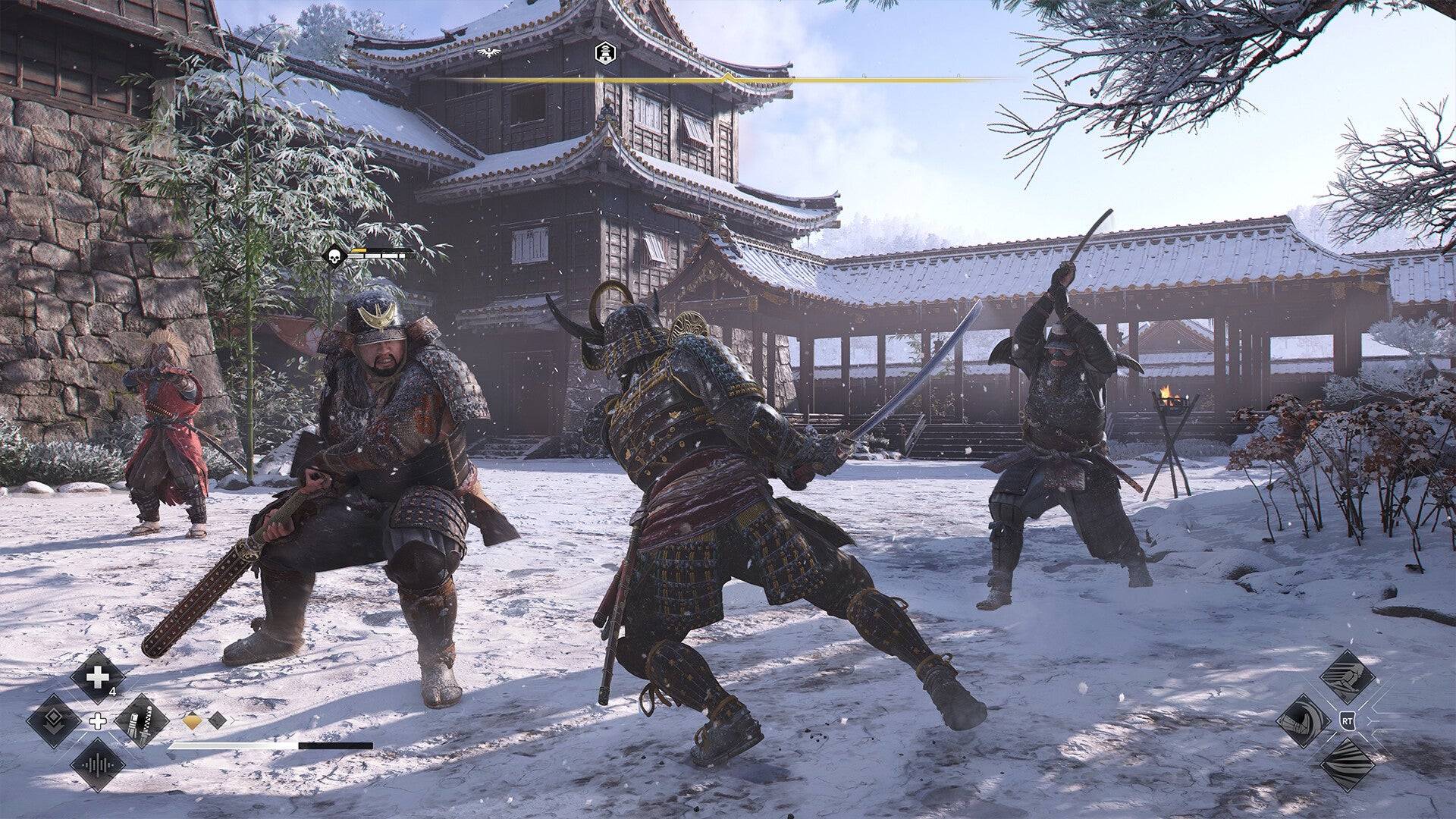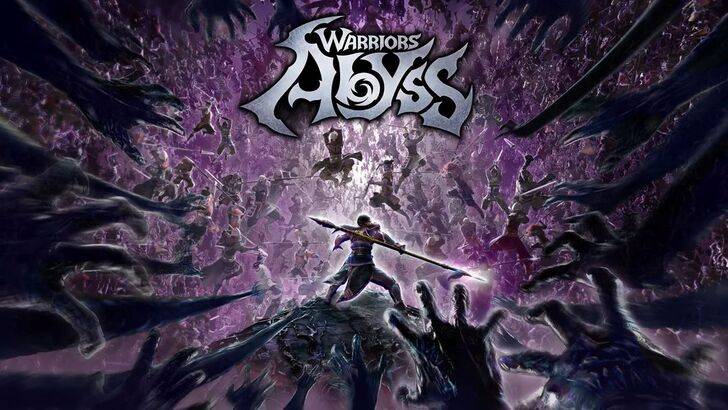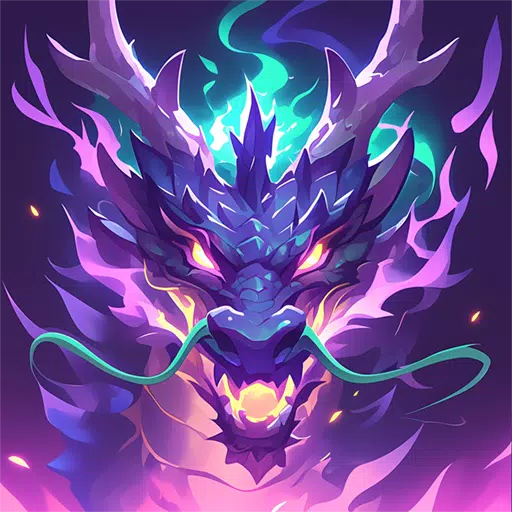Thanks to a renewed focus on the core concepts that the series was originally built upon, *Assassin's Creed Shadows* delivers the most satisfying experience the franchise has seen in years. The game's parkour system, reminiscent of the best elements since *Unity*, allows players to seamlessly transition from the ground to castle rooftops. The addition of a grappling hook further enhances the thrill of reaching strategic vantage points. Perched high above on a tightrope, you're just a drop away from executing the perfect kill—as long as you're playing as Naoe, that is. However, switch to Yasuke, the game's second protagonist, and you'll find yourself in a completely different gameplay experience.
Yasuke is slow, clumsy, unable to kill silently, and struggles with climbing. He is the antithesis of what we expect from an *Assassin's Creed* protagonist, making him one of Ubisoft's most baffling yet fascinating design choices. When playing as Yasuke, the game feels far removed from the traditional *Assassin's Creed* experience.

Initially, the stark contrast between Yasuke's skill set and the fundamental philosophy of the series was frustrating. What's the point of an *Assassin's Creed* protagonist who struggles with climbing and can't perform silent takedowns? However, the more I played as Yasuke, the more I appreciated his unique design. He's undeniably flawed, yet he addresses several issues that the series has grappled with in recent years.
You don't get to play as Yasuke until several hours into the campaign, after spending your initial time with Naoe, a swift shinobi who embodies the assassin archetype better than any protagonist in the past decade. Switching to Yasuke after mastering Naoe's fluidity can be jarring. This towering samurai is too large and noisy to sneak effectively and can barely climb anything beyond his own height. He struggles to find handholds on Japan's traditional architecture, and when he does climb, it's painstakingly slow. On rooftops, he teeters precariously, standing upright and visible to all. These limitations introduce a sense of friction, making scaling environments feel like a chore.
While Yasuke isn't forced to stay at ground level, the game encourages it. This approach limits his ability to survey the area and plan strategically. Unlike Naoe, who has Eagle Vision to highlight enemies, Yasuke has no such advantage. Choosing to play as him means embracing raw strength over stealth and vertical exploration.
*Assassin's Creed* has always been about stealthy kills and vertical exploration, elements that Yasuke directly opposes. Playing as him feels less like *Assassin's Creed* and more like *Ghost of Tsushima*, emphasizing fierce combat over stealth. Yasuke's gameplay challenges players to rethink the traditional *Assassin's Creed* approach. While past protagonists could climb anywhere effortlessly, Yasuke's limitations force players to observe the environment more carefully, revealing hidden pathways designed specifically for him. These paths are more engaging than the thoughtless climbs of previous games, leading Yasuke to his objectives through deliberate routes.
However, these pathways only take Yasuke where he needs to go, limiting his general exploration and ability to gain high ground to observe enemy movements. His only stealth ability, the "Brutal Assassination," is more of a combat opener than a stealth move, involving a loud and conspicuous kill. Yet, when combat ensues, *Shadows* offers the best swordplay the series has seen in over a decade, with purposeful strikes and a variety of techniques, from brutal rush attacks to satisfying ripostes. The contrast between Yasuke's combat prowess and Naoe's stealth approach is stark.

The separation of combat and stealth into two distinct characters helps maintain the integrity of each style. In previous titles like *Origins*, *Odyssey*, and *Valhalla*, direct conflict often overshadowed stealth. In *Shadows*, Naoe's fragility prevents her from engaging in prolonged combat, forcing players to reset the stealth loop when fights break out. Meanwhile, Yasuke's strength allows players to tackle the game's toughest challenges head-on, making his combat-focused gameplay a refreshing change of pace.
Yasuke's design is intentional, yet it's challenging to reconcile his role within *Assassin's Creed*, a series built on stealth and verticality. While protagonists like Bayek and Eivor leaned too heavily into action, they still performed core *Assassin's Creed* actions like climbing and using hidden blades. Yasuke, as a samurai, is thematically appropriate in his lack of stealth and climbing skills, but it means you can't play the game as traditionally intended when controlling him.
The real challenge for Yasuke is his counterpart, Naoe. She is the better option, mechanically speaking, offering the most refined *Assassin's Creed* experience in years. Her stealth toolkit, combined with the towering architecture of Sengoku Period Japan, fulfills the series' promise of being a highly mobile silent killer. Naoe benefits from the same design changes that shape Yasuke, requiring players to plan their climbing routes and use anchor points for the grappling hook, yet she retains the series' signature mobility and speed.
AnswerSee ResultsNaoe's combat is just as impactful as Yasuke's, though she can't endure as long in battle. This begs the question: why play as Yasuke when Naoe offers a more complete *Assassin's Creed* experience?
Ubisoft's intent to provide two distinct playstyles with Yasuke and Naoe is admirable but creates a double-edged sword. Yasuke's unique approach offers a compelling contrast to the traditional *Assassin's Creed* gameplay, yet it challenges the series' core tenets. While I'll always return to Yasuke for the thrill of his combat, it's through Naoe's eyes that I truly explore *Shadows'* world. Playing as Naoe feels like playing *Assassin's Creed* at its best.

















